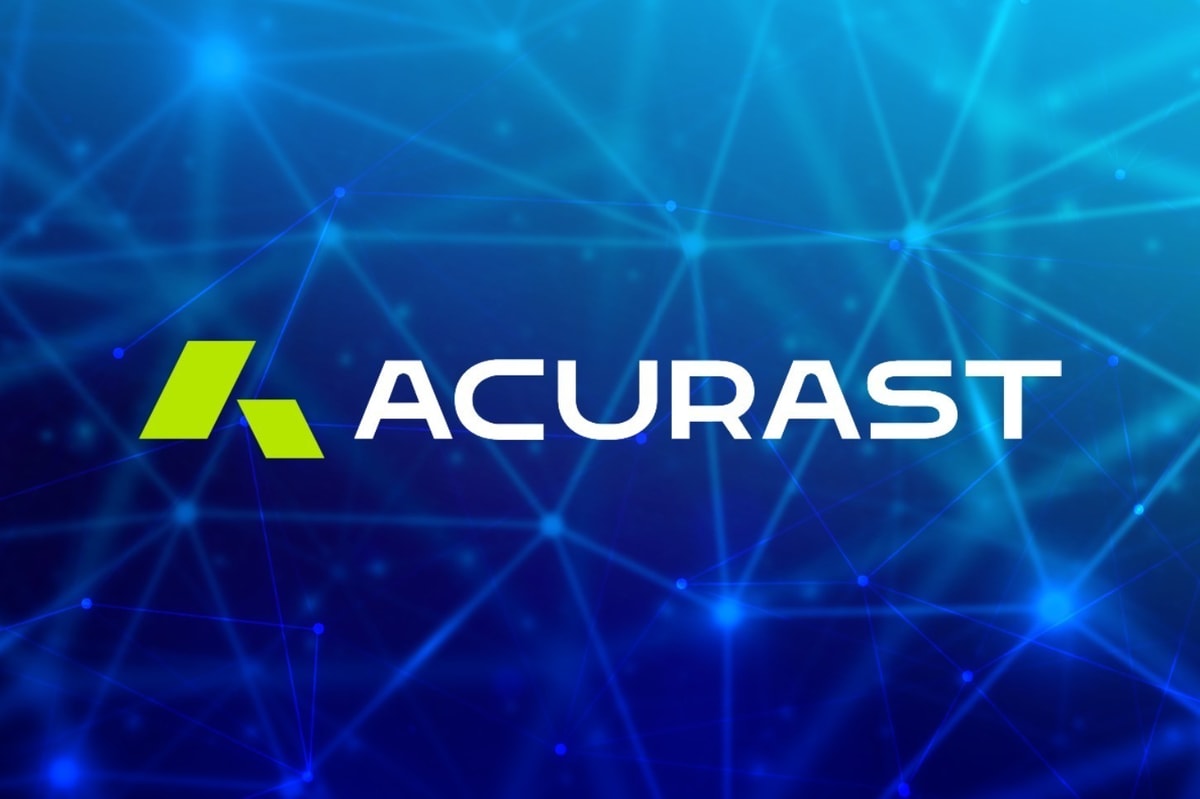We all know about cryptocurrency. Now, it’s time to apply the benefits of blockchain technology to data.
Cryptocurrency: In code we trust
Cryptocurrency has introduced the paradigm of digital trust to the internet, a revolutionary update that has spurred all kinds of innovation — from dApps to NFTs and other applications of smart contracts. Because we have been able to accomplish digital trust, we’ve also been able to build programmability into money, allowing for trusted, automatic transactions that act according to coded criteria. Programmable money has been the first application of cryptocurrency, inspiring the mantra “In code we trust.”
What if we continued the trend and built “programmability” into data, atop digital trust? Can we push trust down the stack from applications to databases?
Crypto data: In data we trust
Crypto data leverages blockchain technology to embed digital trust in data structures, allowing us to inherently “trust” data. So, instead of simply trusting the process by which code is executed via programmable money, we can move toward truthful information via programmable data.
Being able to trust data opens new opportunities for innovations. Data can be efficiently exchanged across enterprise lines in the name of operational efficiency. Machines can trust and exchange data to make better decisions in the machine-to-machine web.
Governments can publish trusted reports to their citizens. AI algorithms can be built from a variety of trusted data sources. Community-based zero-trust ecosystems can verify election results and root out deep-fake misinformation. App developers can build composable experiences, drawing from a variety of trusted data sources. In all of these scenarios, being able to verify the validity, origin and integrity of data is essential.
What is crypto data?
Simply put, crypto data is data whose value can be traced all the way back to its original source, including all modifications that were made to it since its time of creation. All of the data is secured with cryptographic protection. To put it into an everyday analogy, we have all experienced the frustration of trying to understand the value in a spreadsheet cell, knowing that a formula was used to derive it. But when highlighting the cell to see the formula, all it contains is a hard-coded number. That hard-coded number has to be taken as truth because we cannot trace it back to see what combination of other numbers in the model created it. That is the state of data warehouses/lakes today.
They are mass-scale copy-and-paste data repositories, with the copying being done with “paste values” only. Crypto data, on the other hand, contains the information on how that piece of data was derived, all the way back to its origin. Any consumer of the data must determine not just the value, but how the value was derived. This is possible through the use of blockchain technology.
Join the community where you can transform the future. Cointelegraph Innovation Circle brings blockchain technology leaders together to connect, collaborate and publish. Apply today
Crypto data can help power the decentralized web
The internet has undergone a series of interesting events in its lifecycle. Starting out as a promise to decentralize information but quickly reversed into a tool for 21st-century corporations to consolidate power by owning proprietary data pools. The vision of mass democratization has always remained the same, but Web1 (the read web) and Web2 (the read-write web) both suffered from a lack of trust and interoperability. In both of these scenarios, databases played a minimal role as a standard record-keeping tool.
Web3 has introduced the concept of read-write-own, a paradigm in which verifiable data is owned by consumers. This introduces the concept of personal data stores (Decentralized Identifiers and Self-Sovereignty), as well as a foundation for trusted data exchange across organizations.
Since many of the web services we access today need to assemble personal data and organizational data together, a Web3 service should be able to do the same, just with a shift in ownership. You can imagine composable data from all sorts of disparate sources—Ethereum, Cardano, Salesforce—interacting with your own personal data to deliver seamless internet services and curated experiences, not at the expense of your privacy.
Web3 will likely consist of decentralized, linked and verifiable data owned and governed by users. The processes that still remain painstaking for consumers in our current Web2 era—interacting with the DMV, applying for a mortgage and providing student transcripts to potential employers—will be able to digitally transform because of this one simple shift.
In order to move these concepts forward, Web3 data infrastructure must address some pretty fundamental technology barriers—for starters, interoperability. Data exchanged across decentralized networks, protocols, systems and sources must contain the necessary schematic elements for it to be understood regardless of domain. This is a complete shift from the traditional data stack where data is formatted and organized for a singular purpose, either in a siloed database for an operational application, or a siloed data lake for analytics.
To allow data to flow freely across a decentralized network with many downstream use cases, semantic data standards must be set in place. Semantic interoperability is “The ability of computer systems to transmit data with unambiguous, shared meaning.” This enables organizations to process information from external sources in a meaningful manner and ensures that the precise meaning of exchanged information is understood and preserved throughout exchanges between parties.
A second technical challenge to realizing the vision for crypto data take the nature of data policy—which affects privacy, consent and security. If we are to release data from its silo and power an innumerable amount of decentralized applications, it must be able to “defend” itself using policy-driven security. “Data-centric” security is a data security protocol that allows organizations and individuals to build discreet and tamper-proof policies around the access and use of their data as semantically-understandable rules. Data-centric security allows decentralized, crypto-secured data to participate in a wider ecosystem of applications without compromising its specific privacy or security.
The needs of Web3 are evolving and data management must evolve too. Data must move beyond a record-keeping tool and into a verifiable asset to help power the emerging Web3 movement.
Brian Platz is the co-founder and CEO of Fluree — a Web3 database platform that enables trusted and interoperable data management.
This article was published through Cointelegraph Innovation Circle, a vetted organization of senior executives and experts in the blockchain technology industry who are building the future through the power of connections, collaboration and thought leadership. Opinions expressed do not necessarily reflect those of Cointelegraph.
Learn more about Cointelegraph Innovation Circle and see if you qualify to join











